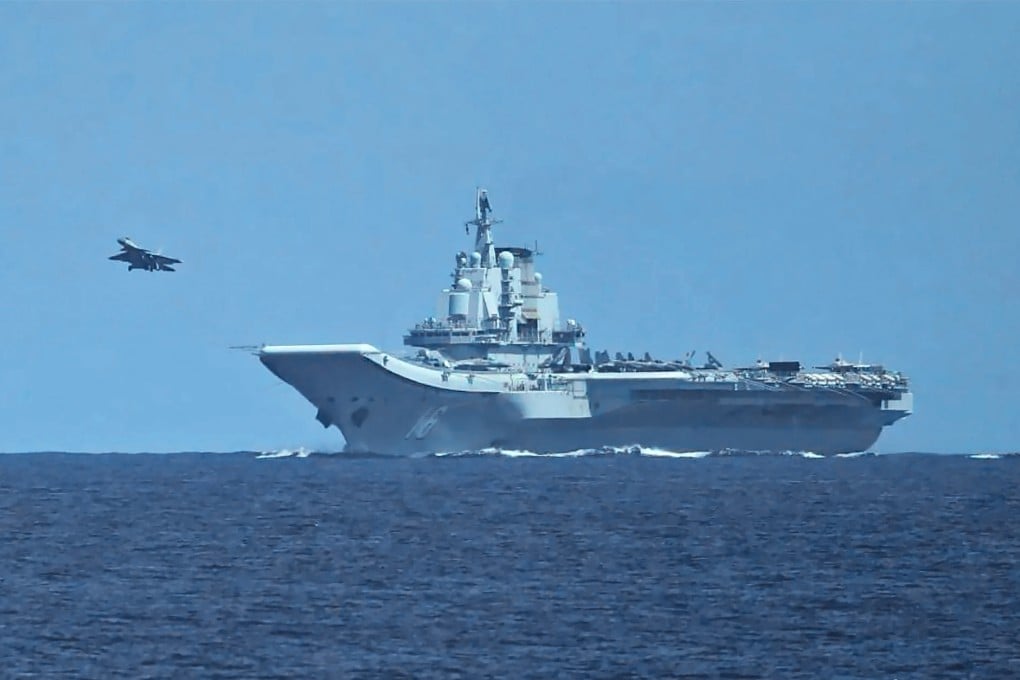Chinese navy drills reveal greater ability to project power deeper into Pacific, analysts say
- China’s Liaoning and Shandong aircraft carrier groups have carried out massive drills in the western Pacific and the South China Sea
- Sheer number of fighter jet sorties shows China’s naval operation abilities have significantly improved, US-based analyst says

The assessment from analysts came as the Chinese navy completed two massive drills led by its Liaoning and Shandong aircraft carriers in the western Pacific and the South China Sea, respectively.
The Liaoning, which was China’s first-ever carrier when it launched in 2012, led a strike group of five warships – the guided-missile cruisers Anshan and Wuxi, guided-missile destroyer Chengdu, the frigate Zhaozhuang and support ship Hulunhu.
The strike group, described as China’s “most powerful” by nationalist tabloid Global Times, sailed into the Western Pacific through the Miyako Strait off Japan on December 16.
The flotilla returned to the East China Sea on January 1.

The two-week exercises featured a series of naval manoeuvres and flight operations, including a record 320 or so take-offs and landings of both fighters and helicopters, according to the Japanese defence ministry which monitored the drills.